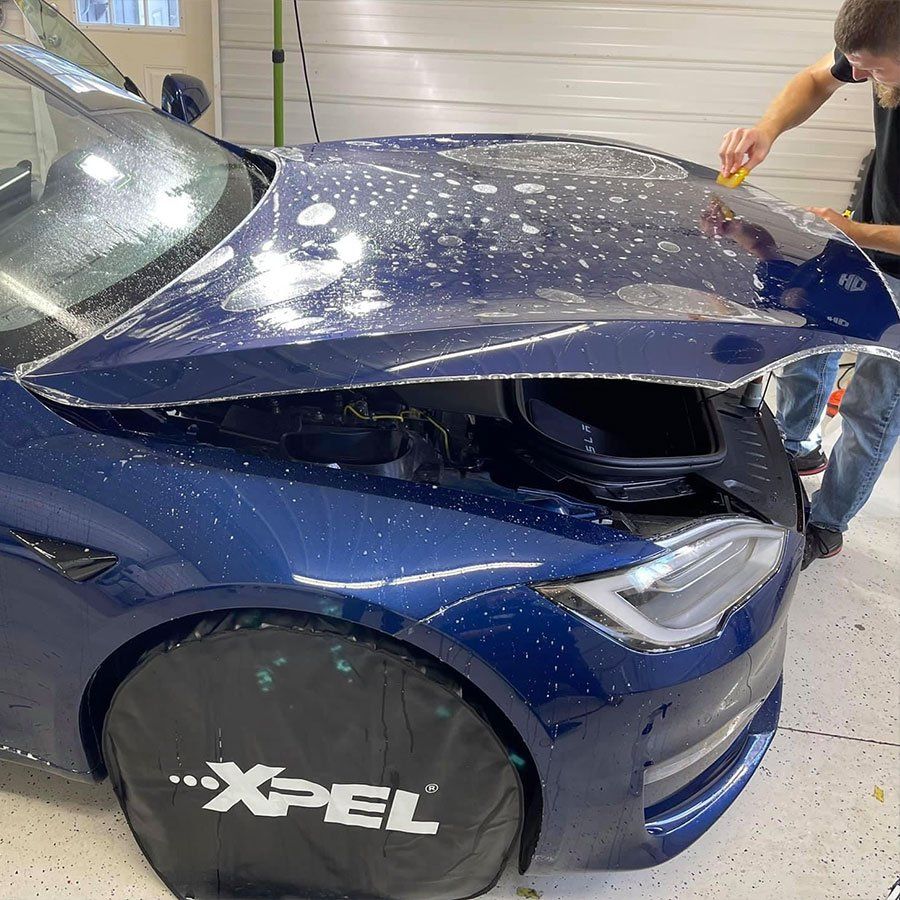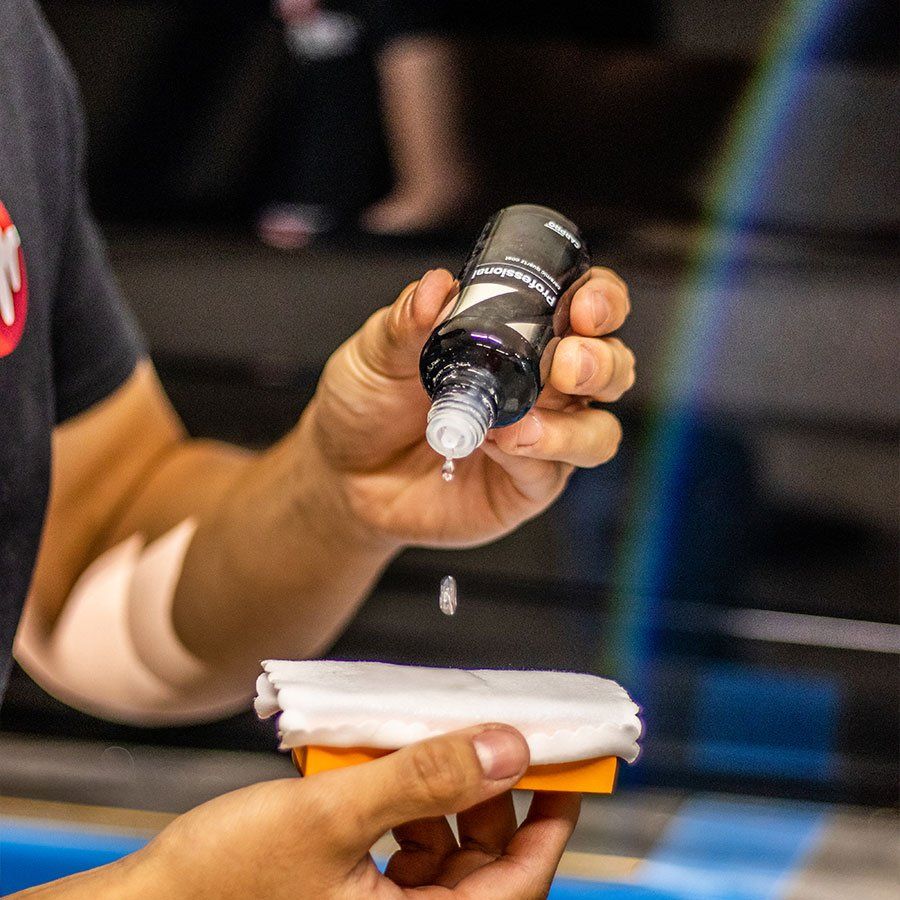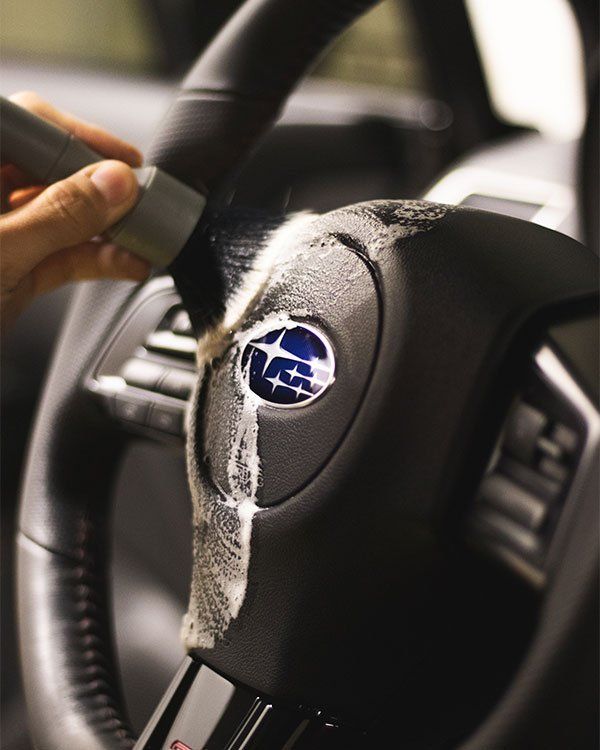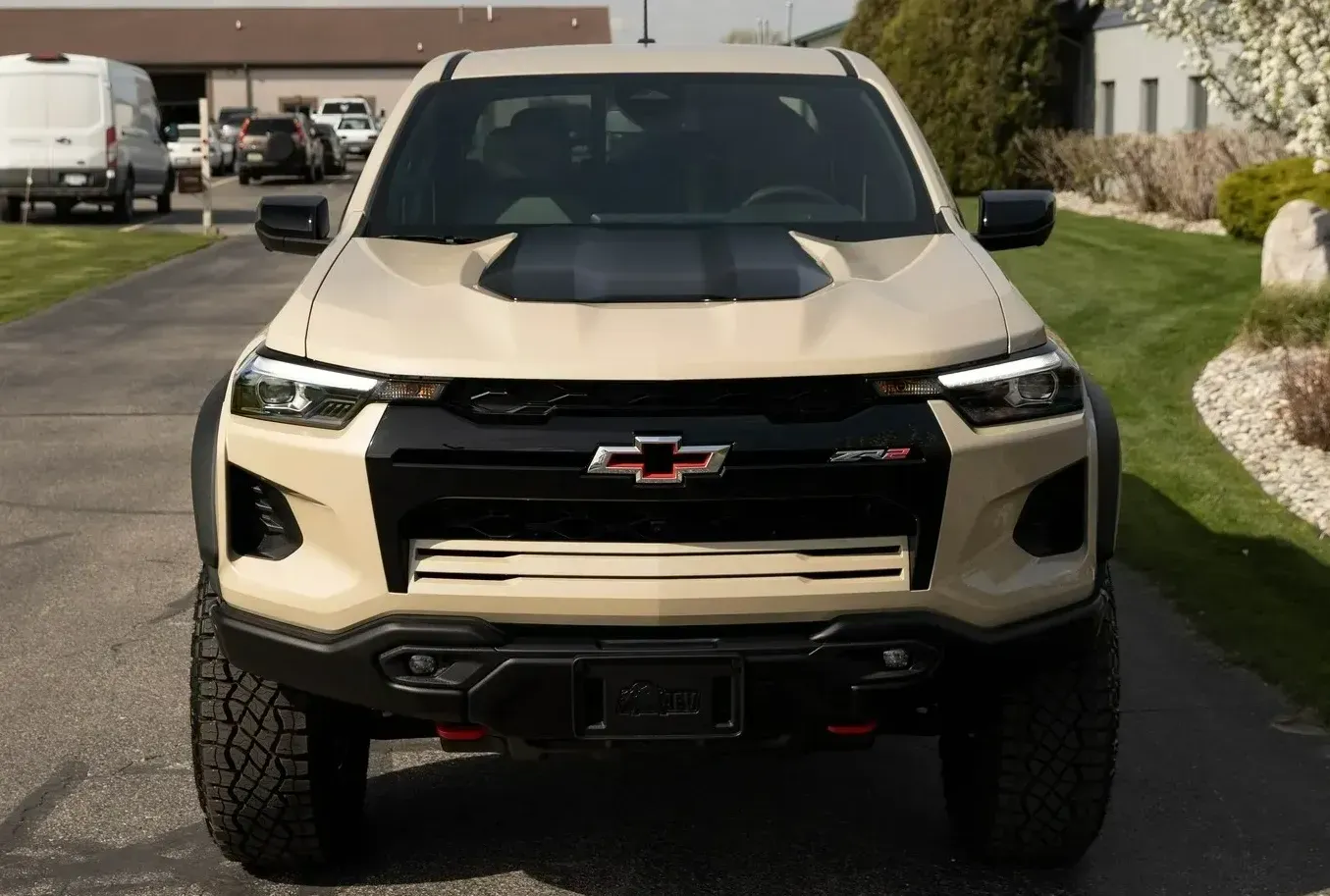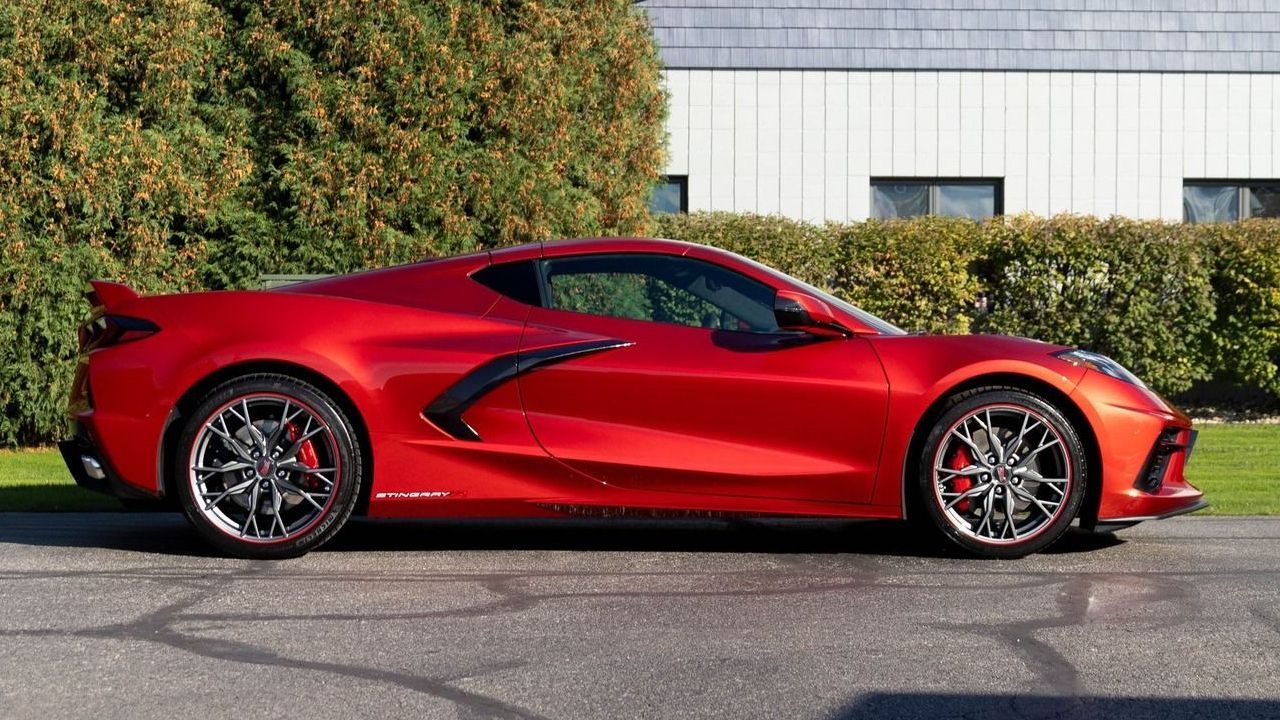When it comes to safeguarding your vehicle's paint, many drivers are often left wondering: Will a protective film ruin the sleek look of my car? That’s a valid concern! After all, no one wants to trade in the shiny finish of their beautiful ride for an unsightly shield. But fear not! Understanding Paint Protection Film (PPF) can clear the air on visibility concerns and help you see how this tough layer can maintain your car’s appearance while keeping it safe from everyday damage like scratches and chips. In this article, we’ll dive into what PPF is, how it works, and whether it truly impacts the stunning look of your vehicle, revealing everything you need to know before making a decision.
Yes, paint protection film can be visible on your car, although this visibility often depends on factors such as the quality of the film and how it is installed. While high-quality films are designed to blend seamlessly with your vehicle's paint, some users may notice slight differences in gloss or texture, especially under direct light or in close inspection.
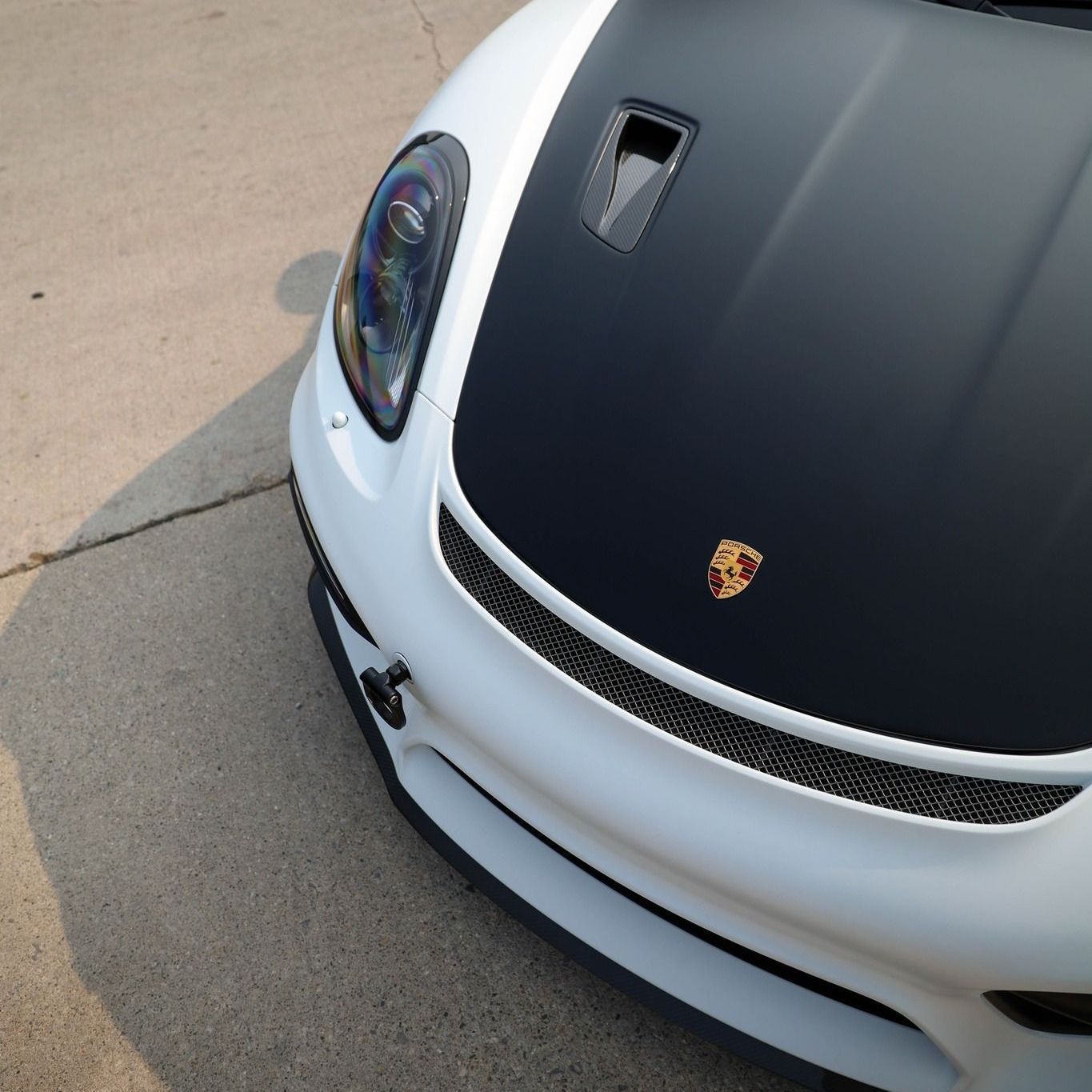
What is Paint Protection Film?
Paint Protection Film, often referred to as PPF, is a high-performance transparent film made of durable polyurethane. It's designed specifically for vehicles, offering a protective layer that guards against the various hazards they face daily. Over time, your car's surface can be subjected to damages from road debris, stone chips, scratches, and environmental contaminants like bird droppings or acid rain. Enter PPF! This film creates a barrier that prevents these issues while helping maintain the pristine condition of your paint.
Types of PPF
When it comes down to choosing PPF, you have several options—the standard films and the more advanced versions known as self-healing films. The self-healing PPF boasts unique properties that allow it to heal minor scratches or swirls when exposed to heat, whether from the sun or hot water. This means those little marks that would otherwise become permanent can vanish, keeping your vehicle looking fresh and new for years to come.
However, selecting the right type of PPF isn't just about performance; it also involves understanding where you can best apply this technology.
Common Uses
You'll often find PPF installed in high-impact areas such as the front bumper, hood, side mirrors, and fenders—places most susceptible to damage from rocks flinging up off the road or careless door dings in parking lots. For maximum protection, some owners choose to apply it as a full-body wrap, covering every inch of the car’s exterior and acting as an invisible bodyguard against everyday wear and tear.
Think of applying PPF to your vehicle much like putting a clear screen protector on your phone—it provides that additional layer of security while still allowing the original beauty to shine through.
While PPF serves as an excellent protective solution, there are further considerations to ensure you're making an informed decision for your vehicle.
Understanding its visibility and the aesthetic changes it might bring is key to maximizing its benefits.
Visibility of PPF on Cars
One of the primary concerns for those considering PPF is whether this protective layer negatively impacts the aesthetic appeal of their vehicle. The visibility of PPF largely hinges on two key factors: the type of film used and the quality of its installation. Generally, high-quality films are designed to mimic the look of factory paint, making them nearly invisible when expertly applied. However, lower-grade films may lead to visible differences, particularly under direct sunlight or at certain angles.
Visual Variations
When it comes to visual impact, one noticeable aspect is the surface finish of the PPF. A premium product typically features a smooth texture that integrates seamlessly with the paint beneath it. This allows light to reflect off your car, keeping its gloss intact. Conversely, inferior films may exhibit an orange peel texture—a term describing uneven surface characteristics that create a wavy appearance and can detract from the overall look of your car. In direct comparisons between film-covered areas and exposed paint, these variations become more pronounced.
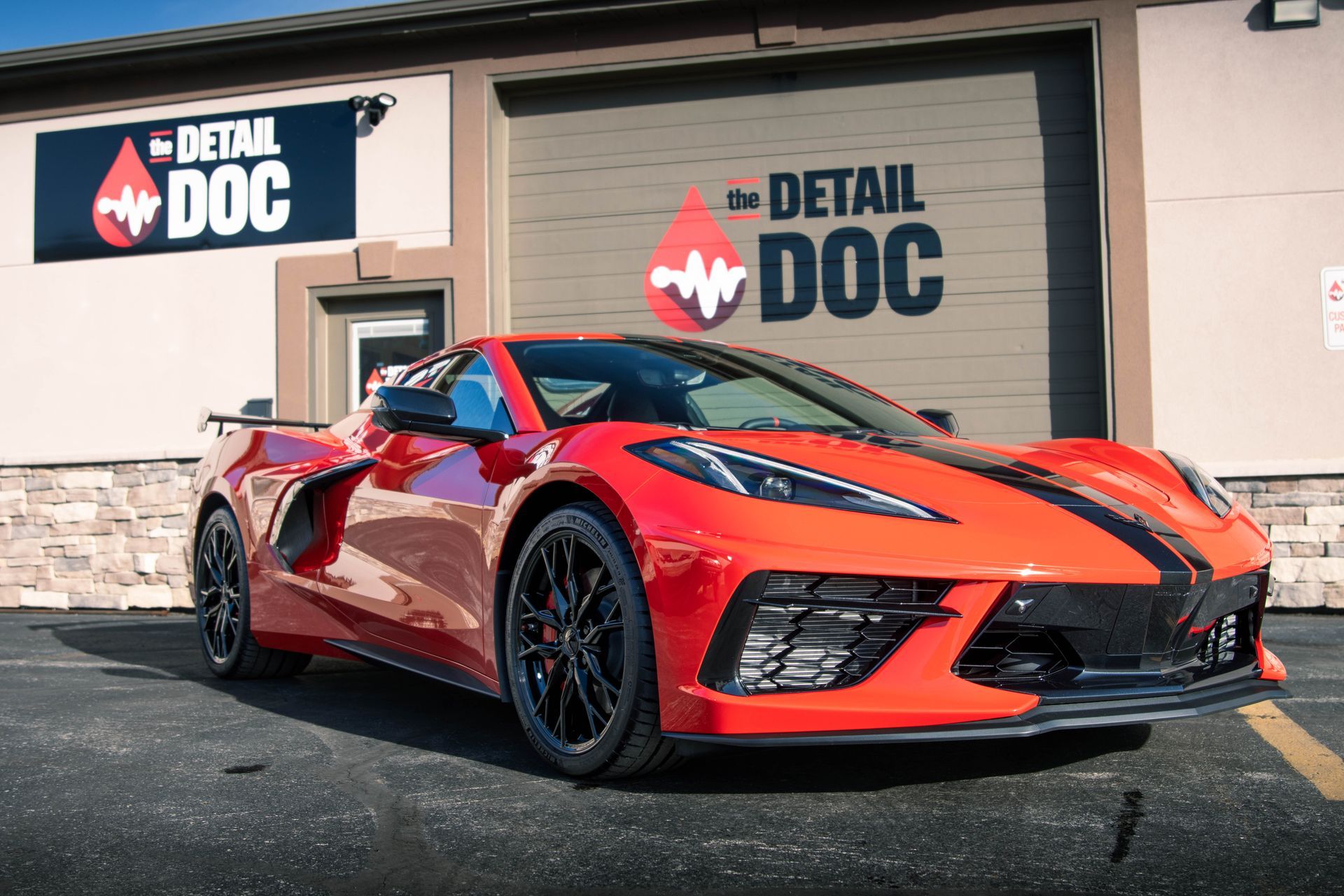
Factors Influencing PPF Appearance
One of the most significant aspects that dictates how noticeable PPF is once applied lies in the film quality itself. Higher-quality films are engineered with superior clarity and smoother finishes, enabling them to blend seamlessly with a car’s original paint job. Imagine applying a thin film over a beautifully polished surface; the better the quality of that film, the less it will disrupt the underlying aesthetic. In contrast, lower-grade films might not have the same optical clarity or could possess a texture that detracts from the car's shine, making them more visible upon close inspection.
Similarly, how PPF is installed plays an equally important role in its overall visibility.
The installation expertise cannot be overstated. A professional installer knows how to apply PPF adeptly, significantly reducing the risk of bubbles, wrinkles, or misaligned edges that can draw attention. Conversely, a poorly executed installation often leads to glaring seams and imperfections that can ruin the streamlined look of your vehicle. It’s much like having a tailored suit versus wearing one that was hastily put together; the former fits perfectly, while the latter may leave you feeling self-conscious about its flaws.
Price also plays a part when it comes to the visibility and performance attributes of different PPF brands.
Finally, one must also consider how environmental factors can impact PPF over time.
The environment where your vehicle resides matters as well. Cars kept in areas with harsh sunlight or high pollutants may face developmental issues such as yellowing or fading film over time. Just like how we need sunscreen to protect our skin from UV rays, a good quality PPF acts as a protective shield for your vehicle’s paint against environmental damage. This could subtly alter its appearance, emphasizing why choosing excellent products and installation practices is crucial right from the start.
Visual Changes Over Time
Just like any car component, PPF changes over time, influenced by factors like weather, exposure to UV rays, and even the way you wash your car. Initially, high-quality PPF is designed to maintain its clarity for several years, often boasting lifespans ranging between 5 to 10 years. When correctly applied, you might not even notice the film at all — it seamlessly melds with your car's aesthetics, showcasing that fresh paint glow.
However, as time progresses, subtle signs of wear may begin to emerge. Minor yellowing or edge peeling can occur, usually accelerated by elements like direct sunlight exposure or harsh chemicals from car washes. This is where regular maintenance becomes crucial. By simply cleaning the surface with gentle products and avoiding aggressive scrubbing techniques, you can help preserve the film's appearance longer.
Signs of Wear
As with anything exposed to the elements, wear is inevitable. While signs like yellowing can be unsettling for some car owners, these issues are often manageable. Regularly inspecting your PPF makes spotting these concerns easier. Pay attention to areas where the edges might begin to peel away from the body of the vehicle; this is especially important around corners or on surfaces that experience heavy usage.
Incorporating occasional applications of sealants designed for PPF after professional washing is also beneficial. These specially crafted products provide extra protection against UV damage and dirt accumulation, prolonging the film's aesthetic appeal. Routine upkeep turns what could be a significant problem into manageable maintenance.
PPF vs. Other Protection Options
When it comes to protecting your vehicle’s paint, Paint Protection Film (PPF) stands out due to its unique attributes. Many drivers encounter alternatives like ceramic coatings and traditional waxes or sealants that offer some level of protection but fall short of what PPF can deliver.
While ceramic coatings are celebrated for their hydrophobic properties—allowing water to bead off the surface effortlessly—they lack the physical protection that PPF provides against scratches and chips. Simply put, if you’re in an area prone to gravel roads or debris, PPF is likely your best bet.
You might think of ceramic coatings as a protective sheen that makes your car glimmer in the sun. However, under heavy conditions, this coating won't save your paint from harm, whereas PPF covers every inch like a suit of armor.
Wax and paint sealants are other popular options among vehicle owners. They provide a temporary barrier against contaminants but require frequent reapplication—often every few months—to maintain effectiveness. This ongoing maintenance can be tedious and costly over time. In contrast, PPF can last anywhere from 5 to 10 years, depending on installation quality and environmental factors, significantly reducing the headache of constant upkeep.
Ultimately, selecting the right protective option depends on your specific needs and lifestyle. If you prioritize long-term physical defense against everyday wear-and-tear and environmental hazards, PPF emerges as the clear choice. However, if you're looking for something that enhances shine without the same level of commitment in terms of longevity, ceramic coatings may fit the bill—but keep in mind they’ll need frequent applications of wax or sealant afterward.
As you weigh these choices, consider not just aesthetics but also functionality and how you intend to use your vehicle.
In conclusion, understanding the differences between PPF and other protective options will help you make an informed decision suited to your needs. For further assistance in choosing the best protection for your vehicle, feel free to reach out through our contact page at The Detail Doc or call us at (989) 244-0505.

